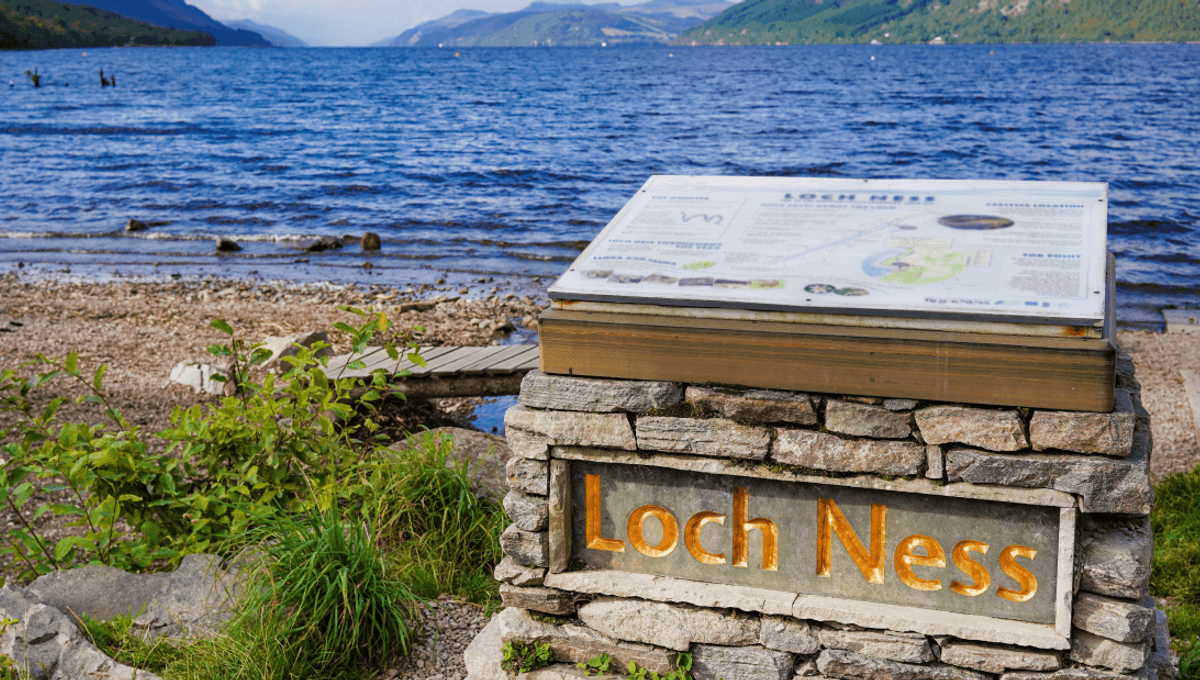
Scotland’s Loch Ness is famous for the enormous beast rumored to lurk in its waters, but what other life is living it up in the murky depths? New research from the University of Aberdeen decided to find out what’s really down there by dipping a holographic camera in for the first time, and the results were remarkable.
The thrilling expedition was made possible thanks to weeHoloCam, a device that can take thousands of digital holographic images to shine a light on microscopic organisms. Once the dive is over, it then uses the latest in artificial intelligence to work out what it’s captured on camera.
If this is the first you’re hearing of holographic cameras, there are significant differences between these devices and traditional cameras that come in handy when trying to identify tiny moving organisms.
“A traditional camera has a very short focus and you have to take several photographs at different times to capture a scene,” said Emeritus Professor Jon Watson, part of the team of Aberdeen engineers, in a release. “With a hologram, an entire volume is recorded in one shot. It’s like lifting a bit of the ocean up and taking it to your laboratory.”
When the team reviewed the findings they discovered “micro-monsters” were lurking in the waters. Their identity? Magnified plankton particles that – while possibly not sparking the same folklore as old Nessie – are a novel insight into what’s really going on in this historic freshwater loch.
“This was a unique opportunity for us to deploy the weeHoloCam in fresh water, as it has previously only been used in the ocean,” added Dr Thangavel Thevar from the University of Aberdeen’s School of Engineering.
“We were curious as to what the water quality would be like, especially at lower depths, as we know that too much peat could obstruct the recording path of the instrument. But we lowered the camera to around 200 metres [656 feet] and were able to see lots of interesting particles which, by working with biologists, should be able to give us more information about the biodiversity of Loch Ness.”
The team are especially proud that this new approach to studying aquatic organisms means none of them had to be lifted from the loch to be studied back in the lab. Instead, they’re armed with detailed holograms that will provide enough information to identify them in situ while they can go on living their best micro-monsters lives in Loch Ness.
Good news for science, and human and animal conflict. After all, Nessie might not be pleased if we abduct all her loch mates.
Source Link: First-Ever Loch Ness Holograms Reveal "Micro-Monsters" Are Lurking In Its Waters